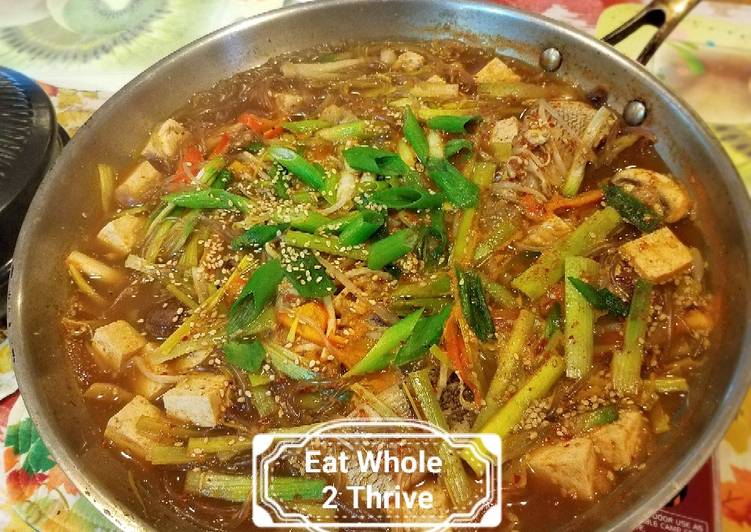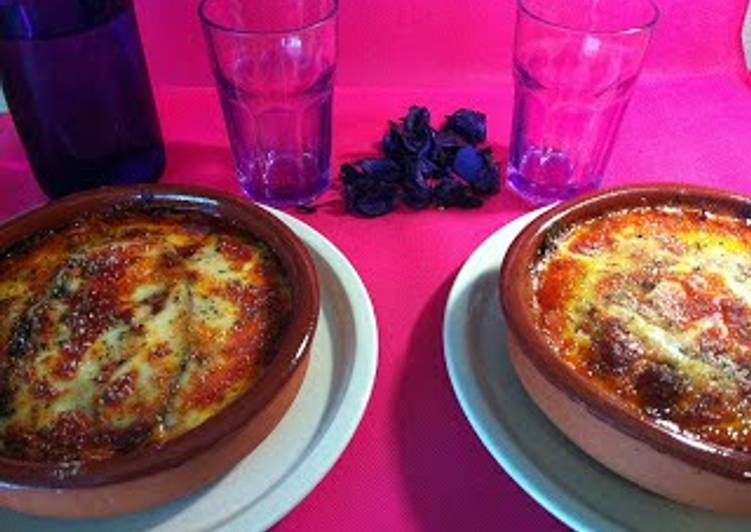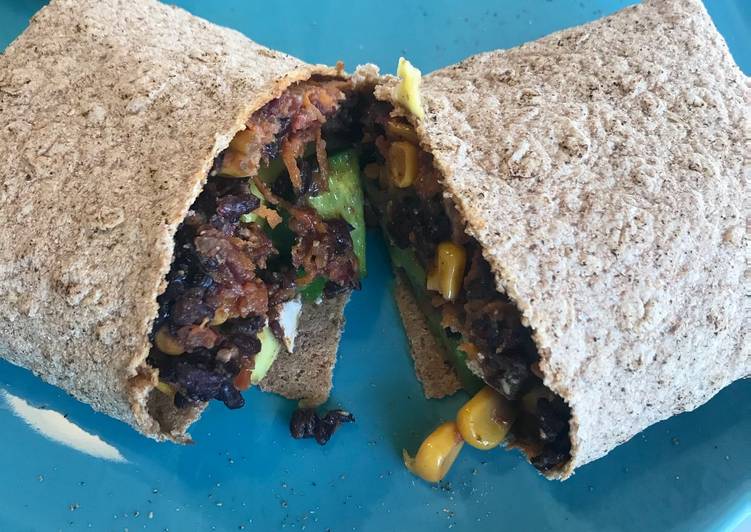
Hey everyone, hope you are having an amazing day today. Today, I will show you a way to make a distinctive dish, spicy korean fish stew. One of my favorites food recipes. This time, I am going to make it a little bit unique. This will be really delicious.
Spicy Korean fish stew is one of the most favored of recent trending meals in the world. It is enjoyed by millions every day. It is simple, it’s quick, it tastes yummy. Spicy Korean fish stew is something that I’ve loved my entire life. They are nice and they look wonderful.
Black sea bass, cooking wine, daepa, doenjang, edible chrysanthemum, fish sauce, garlic, gochujang, green chili pepper, green onion, ground black pepper, hot pepper flakes, hot pepper paste, korean radish, large green onion, mirim, red chili pepper, soy sauce, soybean paste, water. One of the classic Korean stew dishes is this spicy fish stew, called maeuntang (매운탕). Maeuntang is a general term for spicy stews, but it's commonly used to refer to spicy fish stews. "Maeun" means spicy. "Tang" is a term used for certain types of soup (guk), such as seolleongtang.
To get started with this recipe, we must first prepare a few ingredients. You can cook spicy korean fish stew using 15 ingredients and 3 steps. Here is how you cook that.
The ingredients needed to make Spicy Korean fish stew:
- Take 1 lb whole fish(e.g. progie, bass, snapper, Flounder and etc)
- Take 2 cup mung sprouts
- Make ready 1/2 pack firm tofu
- Take 1 bundle mung glass noodle
- Prepare 1 medium onion
- Get 1 cup leek
- Get 2 green onions
- Prepare 2 Tsp korean hot pepper flakes
- Get 2 Tsp soy sauce
- Get 2 Tsp honey or brown rice syrup or sugar
- Make ready 1 Tsp gochujang
- Prepare 1 Tsp garlic paste
- Take 1 tsp ginger paste
- Prepare 1 Tsp white toasted sesame seeds
- Prepare 1 Tsp rice flour + 1/4 cup water to make starchy water
This is Korean comfort food: a hearty yet delicate fish soup. Use your fingers and/or a small paring knife to extract any flesh from fish head and the collar. If you are also using a fish rack, you can extract a significant amount of flesh from it by holding one end and strumming your fingers along the bones. Korean soups and stews are some of my favorite dishes to eat.
Steps to make Spicy Korean fish stew:
- Flaky fish such as flounder, porgie, bass, red snapper (yellow tails) or mullet are great good choice for this recipe. Fresh mackerel is also very good but salmon or tuna are not good here. Boil the cleaned fish covered by water for 5 minutes.
- While the fish is boiling, make the paste by mixing hot pepper flakes with soy sauce, garlic ginger paste, gochujang, honey and starchy water. Set aside.
- Discard half of the cooking water (fish stock can be used for other dishes). Add the bean sprouts, cubed firm tofu, sliced onion and mung bean glass noodle. Stir in half amount of the sauce. Bring it to a boil and reduce to simmer and cook for 10~ 15 minutes. Make sure the simmering the liquid is not too much or too little (soak up by the glass noodle). Adjust seasoning with the remainder paste. Top with green onion and toasted sesame seeds. Serve with bread or rice.
Korean red pepper paste (gochujang) - This is a spicy, savory, fermented product that should ideally only Fish sauce - I'm sure most of you know this ingredient very well. It's a staple of Southeast Asian cooking. Maeun-tang (매운탕) or spicy fish stew is a hot spicy Korean cuisine fish soup boiled with gochujang (Korean red chili pepper paste), '고춧가루'(chili powder), and various vegetables. The name is a combination of two words: '매운', which derives from '맵다', meaning "hot and spicy"; and '탕(湯). Add spiciness to that party and you'll take shiwonhada to the next level.
So that’s going to wrap this up with this special food spicy korean fish stew recipe. Thanks so much for your time. I’m confident that you can make this at home. There is gonna be interesting food in home recipes coming up. Don’t forget to save this page in your browser, and share it to your loved ones, friends and colleague. Thank you for reading. Go on get cooking!


